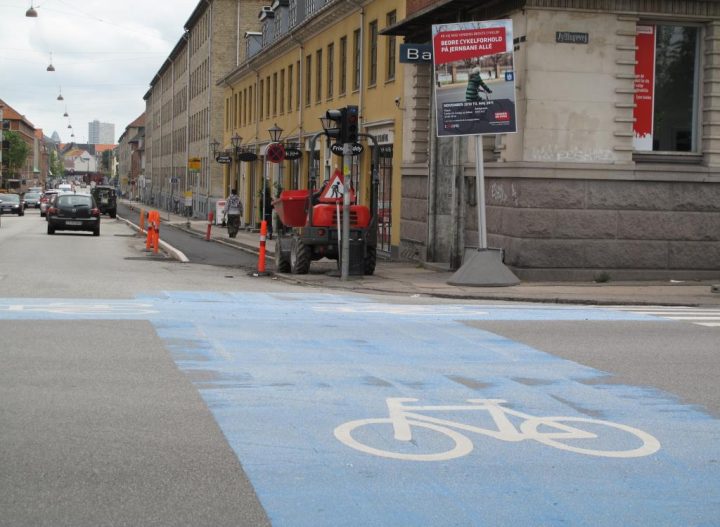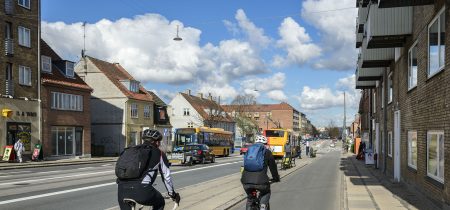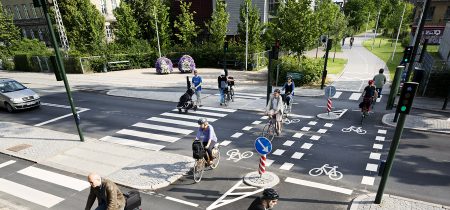Traffic models – modelling bicycle traffic in Denmark
Traffic model calculations can be an excellent tool for carrying out traffic impact studies and assessments of proposals for new cycling infrastructure and other improvements of bicycle traffic.
By Henrik Paag, MOE / Tetraplan
When planning new cycling infrastructure, traffic model calculations are an option for illustrating traffic consequences, including the number of cyclists on the new infrastructure and the effect when it comes to switching trips from other transport modes.
Traditionally traffic models have been used to clarify the expansion and improvement of motor traffic and collective traffic, but today there are several models in Denmark that can be used to assess bicycle traffic. Odense municipality has a multi-modal traffic model that can be used to analyze the impact of the OTM bicycle traffic model. The latter is an operative model for the entire capital region of Denmark and has been updated in recent years with a view to improving bicycle traffic calculations, both when it comes to calculating bicycle traffic route choice and the choice of the bicycle as a transport mode.
Applications
Depending on the concrete model, traffic model calculations can be used in the following analyses:
- Number of cyclists on new or improved cycle routes including cycle superhighways. Used to compare layout and dimensioning of new cycle tracks, among other things.
- Changes in bicycle traffic volume as a consequence of urban development.
- Switching bicycle trips to and from cars, collective traffic and walking as a consequence of infrastructure expansion and improvement.
- Assessment of a cycling project’s traffic benefits for a cost-benefit evaluation.
Traffic models are naturally subject to a certain amount of uncertainty but their strength lies in the fact that they provide a consistent basis for assessing traffic behaviour modification as a consequence of future cycling projects.
However, experience from Odense shows that many bicycle projects are based on wishes for increased security, safety and a cohesive cycle track network, factors that are not necessarily included in the traffic model. The effect of new bicycle bridges and tunnels can be assessed with traffic models, however.
Traffic simulation
In the case of more detailed planning and design of specific road stretches and intersections with bicycle traffic, traffic simulation models such as PTV VISSIM software can be a useful tool. Simulation models make it possible to analyze and optimize traffic flows with measures such as intersection and road stretch reconstruction. Changes in travel time and delays can be illustrated in traffic simulation models of the interaction between bicycles and motor traffic. They also make it possible to illustrate the effect of green waves on cyclists in a chain of signal controlled intersections.






